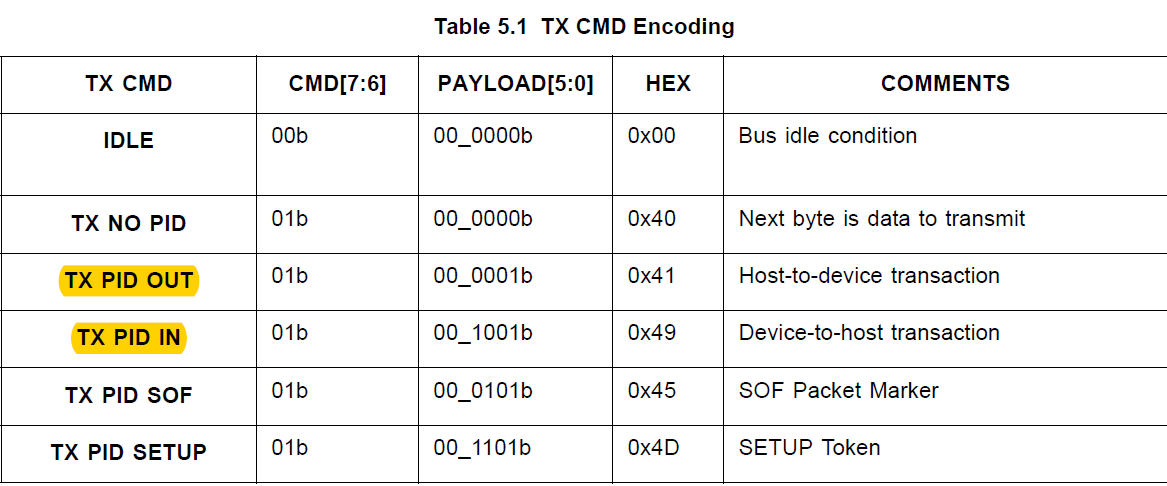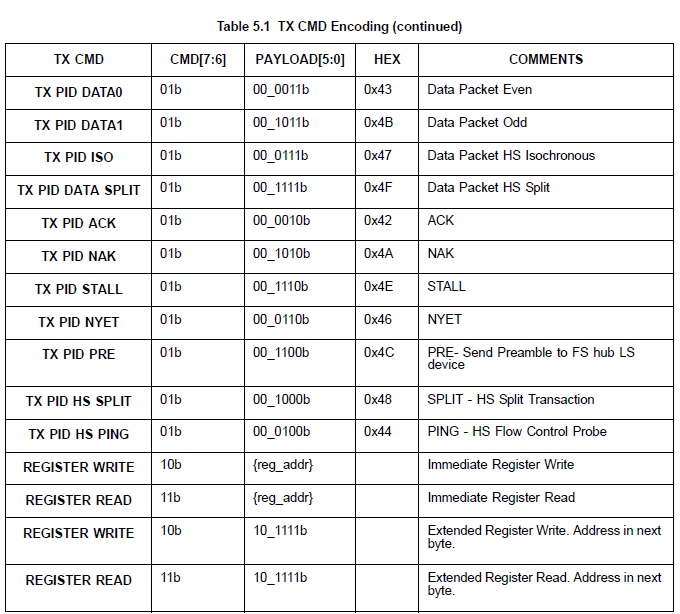Hi Experts,
in my costume board, that is a FPGA-based board, I want to have usb2.0 with OTG support.
I choose TUSB1210 as Transceiver and now I want to write a usb driver in FPGA,
but I am confusing about OTG implementation.
in datasheet have been said TUSB1210 supports SRP and HNP,
do this means that : "I should just implement ULPI protocol in FPGA , and is not need to consider HNP and SRP protocols"?
and so implement of ULPI protocol is the whole of work that I should to do?
please guide me to do this.
Thanks.






